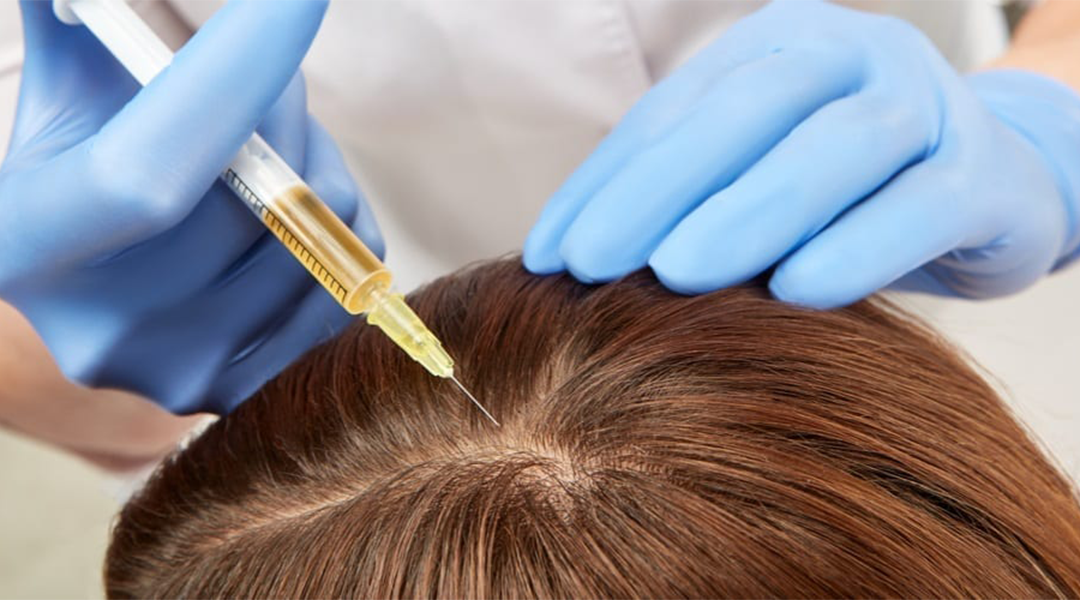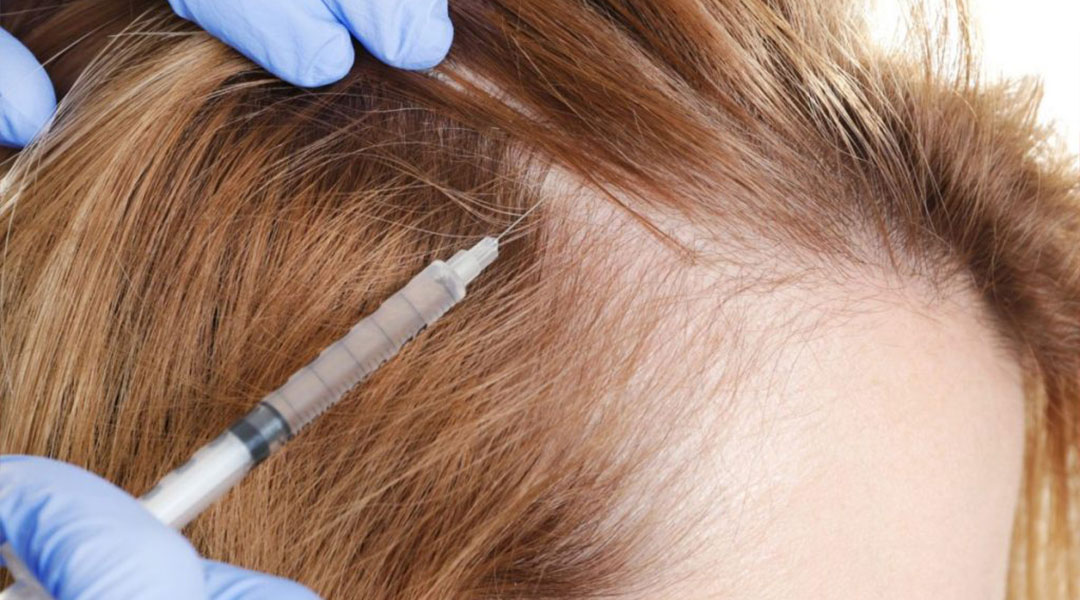Over the last decade, the beauty industry has begun to look to more intricate and special ways to promote youth and beauty and now the surgical industry has started to look to one of these methods to combat hair loss. One of the most popular treatments in the period is something that is called a PRP therapy or vampire facial treatment which is a specialised treatment using the platelets and plasma that are found naturally within your own blood to give a more youthful and radiant complexion.
As a method of treatment, PRP therapy has been used since the early 1990’s with a number of procedures that utilise the blood of the patient in a medical situation to aid with tendon and ligament injuries. This then moved to the beauty industry as a facial in the 200’s and in the 2010’s, PRP therapy made its way into the world of hair transplant surgery to aid with hair transplants and combating the effects of hair loss.

So how does a PRP therapy for hair loss work then?
Let’s start by being scientific, your blood is made up of two major components (red blood cells and plasma). The plasma (where this therapy gets its name) is what is used to carry out a PRP therapy. Made up of your white blood cells and your platelets, which are known to be rich in something known as growth factors (which in layman’s terms are the most potent and capable healing cells within the human body), the plasma is incredible for adding strength to cells. This is where the name platelet-rich plasma comes, it’s blood plasma that is rich with platelets.
Now for how it works, at the start of a PRP therapy the patient will have a small amount of blood drawn from their arm (in a similar way to if a blood test was being performed) which will then be placed into a centrifuge to be processed. The centrifuge spins the blood at a high speed which separates the red blood cells from the plasma, allowing the surgeon to extract the plasma specifically to be used within the treatment. This newly separated and processed plasma is then injected into the scalp at the same level as the hair follicles which stimulates renewed production and growth in the affected area.
Because the PRP therapy treatment uses blood, it can seem a little scary and worrying but there is actually very little risk associated with it as a form of treatment due to the fact that all of the blood to be used is extracted directly from the patient, meaning any transfusion risks are removed from PRP therapy as a treatment for hair loss.

So what about the results for battling hair loss then?
As with anything, consistent results are key and ensuring that a full treatment plan is followed religiously is vital for this. PRP therapy for hair loss usually has a treatment performed once each month for a period of three to four months and then again every three to six months following this, although this will depend on the response and results shown by the individual patient. By following this plan, results will start to show and become visible around the two to three month mark and should continue to improve from this point.
The first result of a PRP therapy for hair loss is a decreased amount of shedding of the hair which is followed by regrowth and increased length and strength to the hair. Although it can take a considerable amount of time (purely down to the fact it’s performed over a course of treatments), PRP therapy for hair loss is medically and scientifically backed as a viable solution to combat the effects of hair loss.
If you’re experiencing hair loss in any form and feel that PRP therapy for hair loss is the right option for you, please click here to get in touch with our team.

